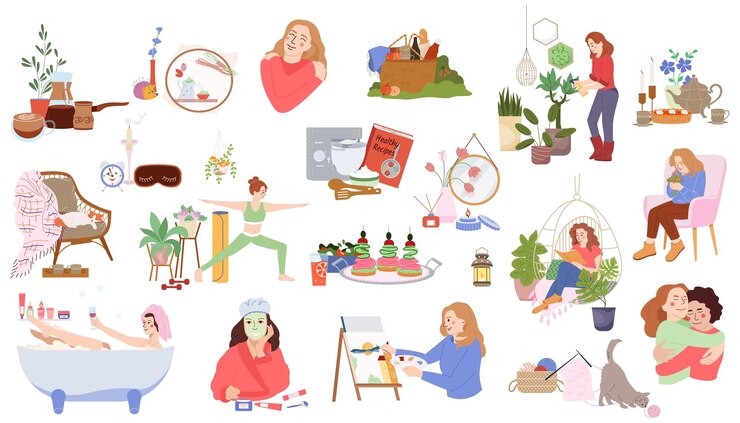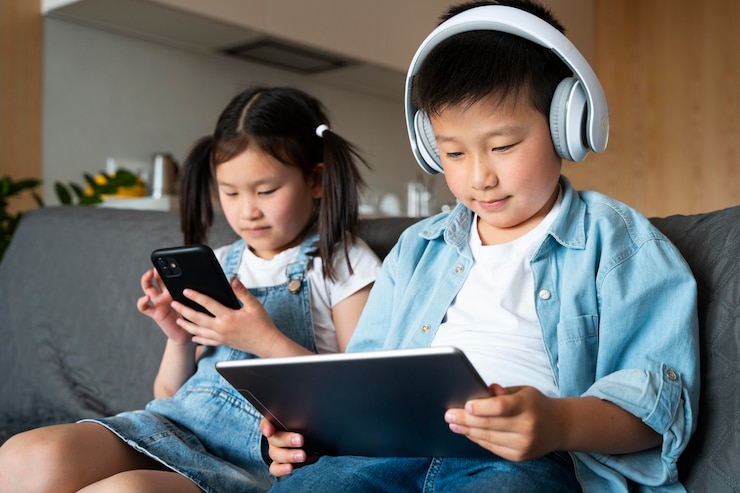
75 Easy and Fun Science-Backed Calming Strategies for Kids
Discover 75 simple and engaging calming techniques for kids, designed to help them build strong emotional regulation skills. Dive in and download your free printable guide to have these strategies ready when your child feels overwhelmed by anger or anxiety.
**Table of Contents**
When it comes to a child’s emotional growth, few skills are as crucial—or as indicative of future success—as emotional regulation. Kids often struggle with managing their feelings because their nervous systems are still developing, and their brains are under construction. Let’s be honest, even adults are always working on this skill!
As a parent, one of the best things you can do is support your child in exploring various calming strategies. These techniques will promote emotional regulation and must be actively taught through trial, error, and repetition.
You might be wondering why these calming strategies stand out. Here’s why they’re different: they’re research-backed techniques proven to work. They:
1. Are based on the neuroscience of emotional regulation, helping kids’ brains handle stress and intense emotions.
2. Include activities that involve co-regulation, where kids benefit from the comforting presence of a caregiver to regain calmness.
3. Emphasize physical movements that provide calming and organizing sensory input to both the brain and nervous system.
Our favorite method? Breathing exercises. They’re powerful and effective for quickly reducing stress in children.
Other techniques include writing letters to express feelings, using child-safe essential oils, and engaging with squeeze balls or putty to provide calming sensory feedback.
Watching animals can teach mindfulness, while activities like hanging upside down help slow down the body’s stress response. Kids can also use their senses to ground themselves, like noting things they see, hear, touch, smell, and taste.
Connecting with nature, whether directly or via TV, has a calming effect on the brain. Focusing on gratitude can help soothe the brain’s emotion center. Engaging in specific cognitive tasks shifts focus from emotions to critical thinking.
Remember, emotional development in children is not a one-size-fits-all journey. Each child is unique and what calms one might not work for another. As kids grow, their preferences and needs may shift.
Supporting them in understanding how to care for their brain and body during emotional moments is a big part of raising emotionally intelligent children. This list of calming techniques offers a great starting point!
Don’t forget to download your free printable list of calming strategies—it’s tough to remember 75 tips on your own!
For more helpful reads, check out related articles on anger management tools and symptoms of anxiety in children.
**About Angela Pruess, LMFT**
Welcome! I’m Angela, a Licensed Children’s Mental Health Professional, Positive Parenting coach, and mom to spirited kids who teach me something new every day. I’m passionate about ensuring every child can live their best life, and I believe that emotional health is the key to lifelong success and happiness. Learn more about me and the Parents with Confidence manifesto.



